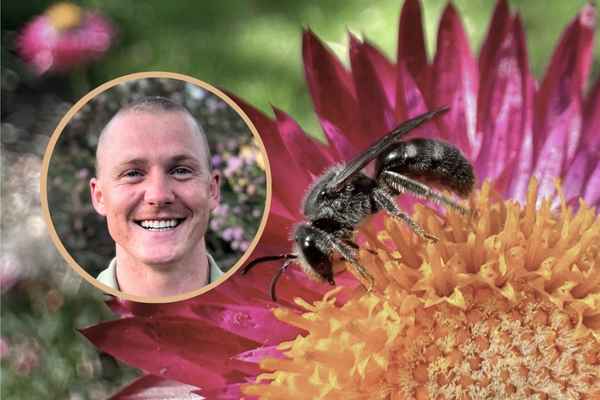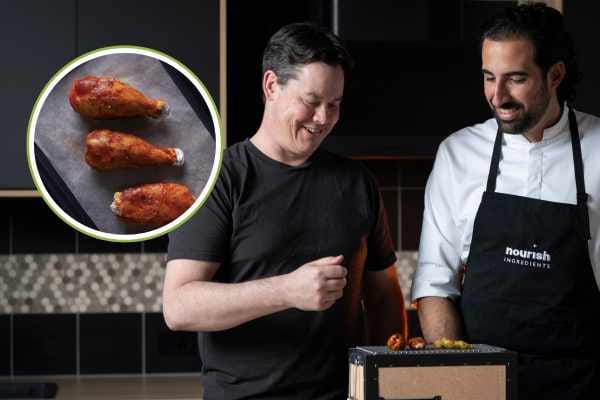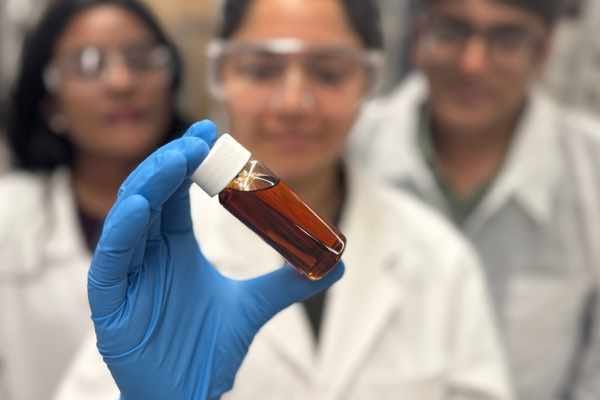A safe haven for native bees
This 23-year-old ecologist educates Aussies on protecting native pollinators and reveals how to build a bee hotel.

Clancy Lester, also known as 'The Bee Man,' was this month named as one of this year’s ABC Trailblazers.
The 23-year-old ecologist earned his spot on the Heywire Trailblazer program for his work protecting Australia’s native bee populations.
The program run by the ABC supports young change makers aged 18 to 28 who are driving positive change in regional Australia through community leadership, events, or social entrepreneurship.
Those selected gain national media exposure across the broadcaster's platforms, along with funding, networking opportunities, and skill development to help amplify their impact.
Growing up on Yorta Yorta land in Victoria, Clancy says his passion for the pollinators first took flight while researching stingless bees alongside the Yolŋu people in North East Arnhem Land.
By running hands-on workshops and presentations, Clancy educates school students, community groups, and organisations on the challenges facing native pollinators - offering practical ways to support and advocate for them.
He also shares bush wisdom and Indigenous knowledge on Instagram and TikTok (@beesandblossoms.aus), using these platforms to showcase his work and deepen appreciation for Australia’s unique ecosystems.
“This will make our gardens havens for pollinators, and an extra habitat such as native grasses and native bee hotels are also awesome for native bees.”
With support from the Trailblazer program, Clancy says he hopes to expand his reach, bringing his message to more regional school and community groups across Australia.
“I can give back to those regional schools that might not have the resources to provide their students with the opportunity to speak with a country kid that's grown up like them, and done really cool stuff in science at uni,” he says.
One of Clancy’s areas of expertise is building bee hotels and habitats with his website offering tips on creating these safe havens for native bees and listing common pitfalls that can end up harming pollinators (see box).
One of the simplest yet most powerful ways individuals can help native bees is by planting indigenous flora in backyards and local reserves, he says.
“This will make our gardens havens for pollinators, and an extra habitat such as native grasses and native bee hotels are also awesome for native bees.”
As a recent participant in the Heywire Regional Youth Summit in Canberra, he also encourages people to push for tighter pesticide regulations in agriculture and to lobby local councils to transform lawn-covered nature strips into thriving pollinator patches.
Native bee hotels are actually more like nurseries where female bees will lay their eggs - and are quite different from the hives associated with honey bees, Clancy says. His website shares essential dos and don’ts, emphasising the need for proper materials (avoiding plastic, metal, or treated wood) and ensuring adequate shelter and vegetation. He also warns against imported bee hotels, which often have incorrect cavity sizes and may contain harmful pesticides.





